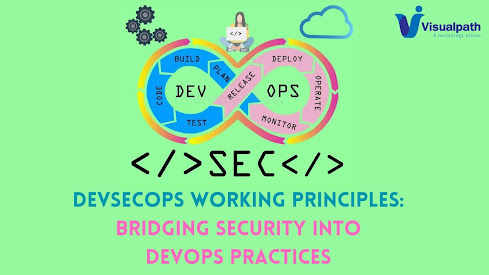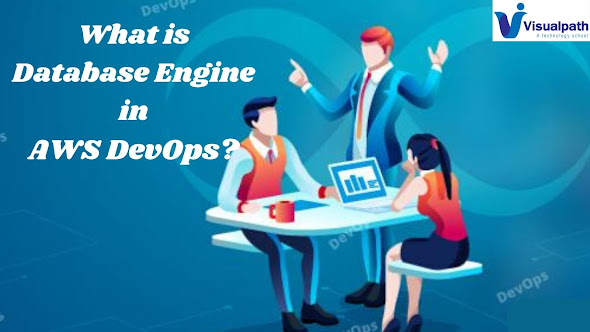What is DevOps – WHERE OPERATIONS MEETS DEVELOPMENT?

In the dynamic landscape of software development, the fusion of operations and development has given rise to a transformative approach known as DevOps. DevOps, derived from the words "Development" and "Operations," is a collaborative methodology that aims to break down silos between these two traditionally separate domains. This synergy facilitates faster, more reliable, and efficient software development and deployment. - DevOps Training At its core, DevOps seeks to streamline the entire software development lifecycle by fostering communication, collaboration, and integration between development teams (responsible for creating software) and operations teams (responsible for deploying and maintaining software). The traditional model often led to conflicts, delays, and inefficiencies due to a lack of synchronization between these two critical phases. - DevOps Online Training In a DevOps environment, automation p...





